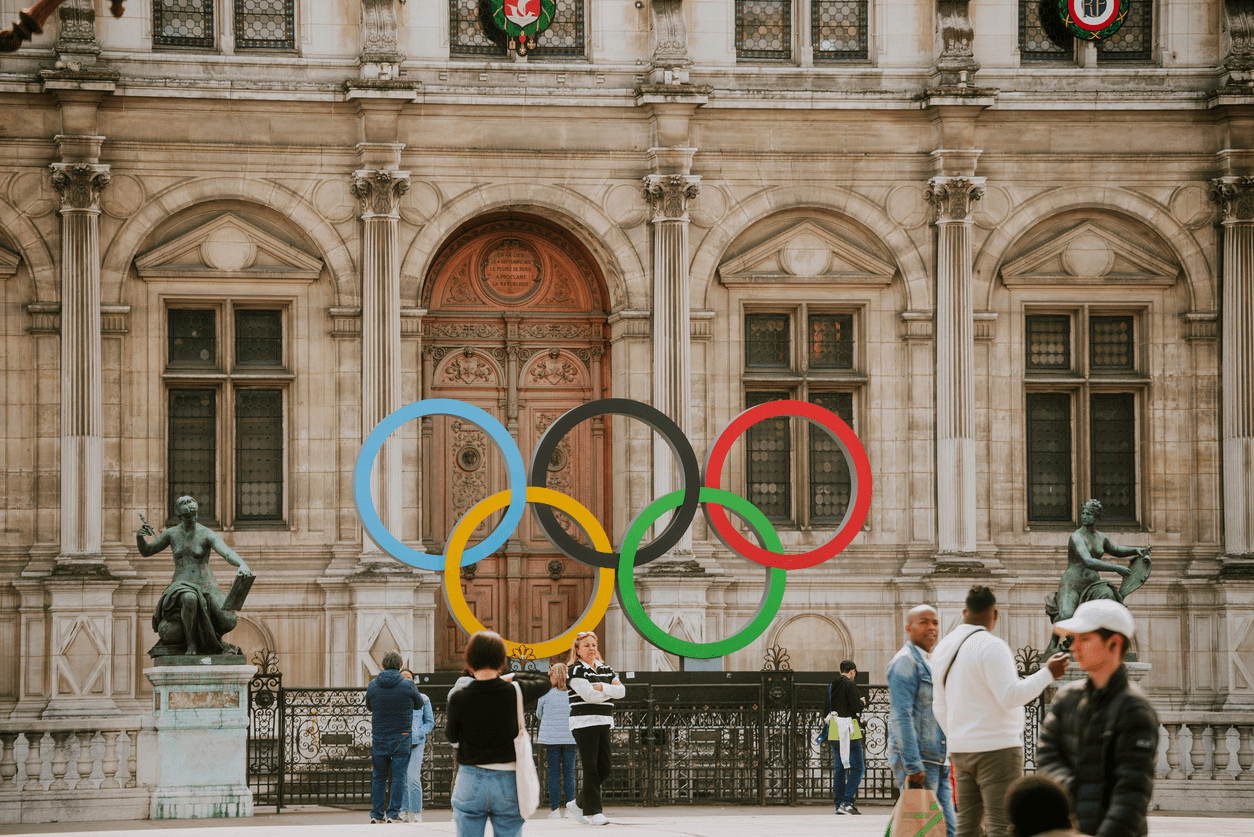As the 2024 Paris Olympics draw to a close, the dust is settling not just on the athletic fields but also in the corporate boardrooms where brands are assessing the impact of their sponsorships. Tracksuit, a leader in brand tracking and consumer insights, has delved deep into the data to uncover which sponsors emerged victorious and which faltered in their Olympic marketing efforts.
Mikayla Hopkins, head of marketing at Tracksuit, sat down with B&T to provide an in-depth analysis of these results, highlighting both the official sponsors who saw their investments pay off and the brands who managed to steal the spotlight without an official partnership.
The Unshakable Legacy of McDonald’s
One of the most surprising findings from Tracksuit’s data is the enduring recognition of McDonald’s as an Olympic sponsor, despite the fact that the fast-food giant has not been an official partner for seven years. According to Hopkins, this continued association is primarily due to the sheer length of McDonald’s involvement with the Games.
“A major factor of association with any sponsorship is always time. Association doesn’t just happen overnight; it’s a long-term play that takes many successful marketing campaigns over many months or years for people to grow the association between the two brands,” said Hopkins.
McDonald’s sponsorship of the Olympics spanned 41 years, beginning in 1976 and concluding in 2017. “While their partnership came to an end in 2017, the impact of such a longstanding relationship is clearly evident in that Australians still assume they’re part of the program.”
Nike’s Masterclass in Ambush Marketing
While McDonald’s may have the advantage of history, Nike has managed to capture attention through sheer marketing ingenuity. The sportswear giant, not an official sponsor of the Games, boasts an impressive 42 per cent brand recall among Australians, thanks largely to its storied history of ambush marketing.
“Nike have been incredibly clever with how they’ve marketed around the Summer Games, starting with the 1996 Games in Atlanta,” Hopkins noted.
The brand’s tactic of associating itself with the Olympics without being an official sponsor dates back decades, with standout moments like Michael Johnson’s iconic gold shoes in 1996, which many mistakenly believed were part of the official Olympics branding.
Hopkins highlighted Nike’s ability to innovate within the confines of increasingly strict regulations, pointing to the brand’s “Find your Greatness” campaign during the London 2012 Olympics as a prime example. Despite legal constraints, Nike managed to create a campaign that resonated deeply with audiences. “Nike is a brand that’s skated the line between what was legal and what wasn’t, and it’s paid dividends for them that continue through to the present day,” Hopkins explained.
Coca-Cola: The Ultimate Official Sponsor
Among the official sponsors, Coca-Cola stands out as one of the most recognized brands, with 47 per cent prompted awareness and 19 per cent unaided awareness in Australia. According to Hopkins, Coca-Cola’s nearly century-long association with the Olympics has cemented its status in the minds of consumers. “Coca-Cola has essentially become synonymous with the Summer Games, and people will always make that association with them due to the length of time and repeated marketing campaigns associating the two”.
The brand’s history with the Olympics is a prime example of how long-term sponsorship can yield significant benefits. “If Coca-Cola had a one-off sponsorship for the Games in Paris, their brand association would no doubt be much lower,” says Hopkins. “However, their long-standing history with the Games has helped to cement them in the mind of sporting fans across the globe. Their brand recall speaks for itself.”
The Cost-Benefit Analysis of Olympic Sponsorship
Despite the apparent successes of brands like Coca-Cola, Hopkins questions whether the hefty price tag for official Olympic sponsorship is always justified. “The bigger price tag doesn’t always mean a bigger reward. The value of any sponsorship deal should always come down to how well it aligns with your brand and business objectives,” she said.
Hopkins said that while official sponsorship can offer unmatched visibility, smaller brands might achieve more with targeted, smaller-scale campaigns. “Sometimes, more targeted and smaller-scale campaigns can achieve more, especially for smaller businesses”.
Trends and Takeaways for Future Sponsors
Looking at the broader trends from this year’s Olympics, Hopkins points to the power of long-term sponsorships in building brand recognition. “The main thing we’re seeing is the true impact of long-term sponsorships in building brand recognition,” she observes. Nike’s success offers valuable lessons for brands considering ambush marketing in the future, though Hopkins cautions that the landscape has changed significantly since Nike first employed these tactics.
“For brands considering ambush marketing, I think there’s a lot of inspiration they can take from these case studies,” said Hopkins. However, she warns that “rules are now a lot more strict,” making it much harder for brands to pull off successful ambush campaigns without facing repercussions.
Advice for Brands on a Budget
For brands without the budget for official sponsorship, Hopkins offers practical advice: focus on cultural resonance and leverage the event through content that can live beyond the Games themselves. She highlighted Australia’s b-girl Raygun as an example of a breakout star whose online and media presence could be a golden opportunity for a savvy brand collaboration.
“Brands looking to jump on the hype of the Summer Games must be careful, though,” Hopkins warned. “Anyone looking to capitalize on the hype should ensure they’re not infringing on copyright”.
Ultimately, the data shows that whether through official sponsorship or ambush marketing, the key to success lies in a brand’s ability to create solid and lasting associations with the event—and to do so in a way that resonates with the audience. As the landscape continues to evolve, brands must stay agile, creative, and in tune with the cultural moment to make the most of their Olympic investments.








